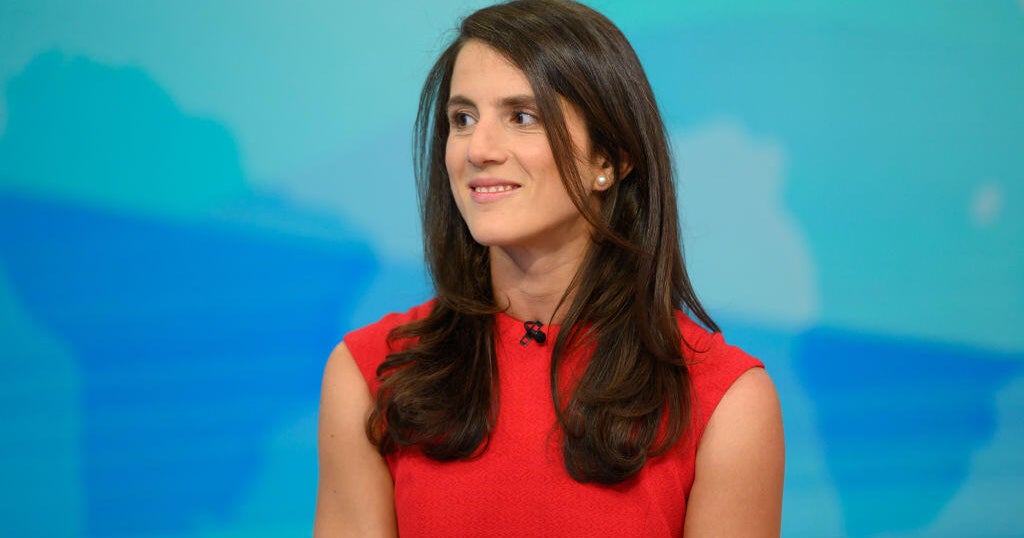 Even small rate moves matter, especially for those considering larger mortgage loan amounts, like $550,000.
Peter Dazeley/Getty Images
Even small rate moves matter, especially for those considering larger mortgage loan amounts, like $550,000.
Peter Dazeley/Getty Images
After a rough couple of years for mortgage rates, the Federal Reserve's recent 25-basis-point rate cuts, issued back-to-back in September and October, have finally offered borrowers a bit of breathing room. While mortgage rates don't move in lockstep with the Fed's benchmark rate, they often trend in the same direction, and the latest shift helped nudge home loan borrowing costs off their recent highs. Right now, the average 30-year mortgage rate is sitting in the low-6% range, down from the low-7% range that was common earlier this year.
That type of rate drop may not seem terribly substantial on paper, but it can actually translate into meaningful savings for a large percentage of buyers. And, considering that borrowers are facing an otherwise challenging housing market, with housing affordability remaining a hurdle overall thanks to today's high home prices and historically tight inventories, potential homebuyers are looking for savings anywhere they can find them. So, even modest rate moves matter, especially for those considering larger mortgage loan amounts, like $550,000.
On a loan that size, a difference of a half-point (or even a quarter-point) in interest can impact your monthly housing costs by hundreds of dollars. But what would your monthly payments look like on a $550,000 mortgage loan at today's rates, and how do those figures compare to earlier this year? Below, we'll complete the calculations.
See how low your current mortgage rate options are here.
How much does a $550,000 mortgage cost per month after the October Fed rate cut?
At today's average rates, a $550,000 mortgage comes with substantially different costs depending on which loan term you choose. The 30-year fixed mortgage currently averages 6.12%, while 15-year fixed loans sit at 5.37%. Those percentage points, in addition to the differing loan lengths, make a real difference when you're borrowing more than half a million dollars. To give you an idea of the costs, here's what your monthly principal and interest payments would look like if you take out a $550,000 mortgage loan at today's rates:
- 30-year mortgage at 6.12%: Your monthly payment would be $3,340.08.
- 15-year mortgage at 5.37%: Your monthly payment would be $4,456.11.
To appreciate how much the rate environment has shifted, though, it helps to look back at where things stood just a few months ago. In January 2025, mortgage rates were considerably steeper. At that point in the year, 30-year mortgage loan rates were sitting at an average of 7.04%, and rates on 15-year loan rates averaged 6.27%. At those rates, here's what a $550,000 mortgage would have cost per month:
- 30-year mortgage at 7.04%: Your monthly payment would have been $3,673.95.
- 15-year mortgage at 6.27%: Your monthly payment would have been $4,721.82.
The difference is striking. A borrower securing a 30-year mortgage loan at today's rates saves nearly $334 per month compared to January. That amounts to savings of over $4,006 annually just because rates have come down. For 15-year borrowers, the savings between January and now come to about $266 monthly, or roughly $3,187 per year.
Mortgage rates have also come down substantially compared to what they were in August 2024, before the Fed's recent interest-rate cut campaign began. At that point, the 30-year mortgage rate was averaging 6.53% and the 15-year mortgage loan rate was averaging 5.92%. The rates in August 2024 would have resulted in the following monthly costs on a $550,000 mortgage loan:
- 30-year mortgage at 6.53%: Your monthly payment would have been $3,487.23.
- 15-year mortgage at 5.92%: Your monthly payment would have been $4,617.47.
While the year-over-year improvement isn't as dramatic as the drop from January to now, you'd still save over $147 per month on a 30-year loan and over $161 per month on a 15-year loan at today's rates compared to last summer. Over a year, that's over $1,765 worth of savings on a 30-year mortgage loan and over $1,936 in savings on a 15-year mortgage term.
Learn how affordable your mortgage rate could be now.
How can you decide when to lock in a mortgage rate?
Timing the mortgage market perfectly is nearly impossible, as there are multiple factors that can have an impact on both mortgage rates and home costs. However, there are smart ways to approach the decision on when to lock in a mortgage rate. For starters, you should pay attention to broader economic signals. When the Fed signals further rate cuts or inflation data shows cooling trends, mortgage rates often move downward in anticipation. Watching these indicators can help you recognize favorable windows.
It's also important to consider your personal timeline. If you've found the right home and the monthly payment fits your budget comfortably at current rates, waiting for rates to drop another quarter point may not be worth the risk of losing the property or seeing rates reverse course. Pre-approval also matters. Getting pre-approved locks in your financial picture and lets you move quickly when you're ready.
You should think about rate locks strategically, too. Most lenders offer rate locks for periods of 30 to 60 days while you finalize your purchase. If you're under contract and rates are favorable, locking your rate in protects you from increases during closing. Some lenders even offer float-down options that let you capture a lower rate if conditions improve before closing, though these typically come with extra fees.
The bottom line
The Fed's October rate cut hasn't brought mortgage rates back to the ultra-low levels seen a few years ago, but it has improved affordability compared with the highs reached earlier in 2024 and 2025. For a $550,000 mortgage, today's rates can shave hundreds of dollars off your monthly payment versus what you would have paid just months ago. And while no one can predict where rates will go next, understanding how rate changes affect your monthly costs can help you shop more confidently and decide whether now might be the right time to lock in your mortgage.
Edited by Matt Richardson


















































